
I walk off the plane on Saint Thomas, into the hot air, and am excited to see how hilly the island is. A welcome change from the flatness of the last two weeks in Florida. I will be spending the next three weeks in the U.S. Virgin Islands (USVI); a place I know almost nothing about but am excited to learn all I can about the culture, people, and incredible national parks located here. My first stop is the Virgin Islands National Park (VIIS) on Saint John. I have eight and a half days, unfortunately, because of Carnival, holidays, and the work week schedule which means I only have three and a half days with the NPS staff. Add the fact that their dive boats are out of commission and it’s clear I definitely arrived at an inopportune time, so I would like to thank Thomas Kelley for going out of his way to make sure with the little time there was that I got a great sampling of the work they are doing in the park. The rest of my time on the island I explore the awesome national park trails.

It just so happens that I am on the same flight as Lee Richter who lives on Saint John. Lee and I catch the taxi to Red Hook and hop on the next ferry to Cruz Bay. Saint John is the smallest of the three main U.S. Virgin Islands and the least populated. 60% of the island is national parkland which I think is pretty cool. Lee generously offers to drop me off at the Inn at Tamarind Court in Cruz Bay which is where I will be staying for the next couple of days before my park housing is finalized. Lee has a perfect island-style blue beater car, no AC, just windows down. We head uphill out of town to where the NPS Resource Management office is located. From up on the hill, you can see the many islands peppering the surrounding waters, half of them being the British Virgin Islands. The wind is a constant down here and I am jealous of all the sailboats I see cruising around. Lee gives me a quick peek at the beautiful white sand beaches on the north shore and provides some locals tips on where I should go hiking. He’s been more than helpful, and I don’t want to take too much of his time because he still hasn’t seen his wife or pup. He drops me off back in Cruz Bay. The roof over my room gets pummeled by mangoes all night. I go look for the ripe ones to eat.
It will be a couple days before I meet my point of contact Thomas Kelley, the Natural Resources Manager at VIIS. He is off the island until the 5th and July 4th is of course a national holiday. However, this means I get to experience some of Carnival on Saint John. July 3rd is Emancipation Day and a holiday in the U.S. Virgin Islands. It commemorates the day in 1848 when a enslaved people rebelled on Saint Croix demanding freedom, and the overwhelmed Danish governor declared their emancipation. The evening is filled with musical performances by West Indian artists. The old Jamaican band Third World did an amazing rendition of Con Te Partiro by Bocelli.
I meet up with Sarah Von Hoene, the 2021 NPS intern who lives on Saint Thomas and works in coral restoration with the University of the Virgin Islands. July 4th is the culmination of Carnival festivities. I watch the whole parade which takes more than five hours. Steel pan bands, Mocko Jumbies, trucks rigged with massive sets of speakers blasting Soca music. I eat some salted fish, a local dish, from Gwen’s place. She also gives me some conch soup which is very tasty but I feel guilty about it since I know their populations are in trouble and the fishery is not managed well.







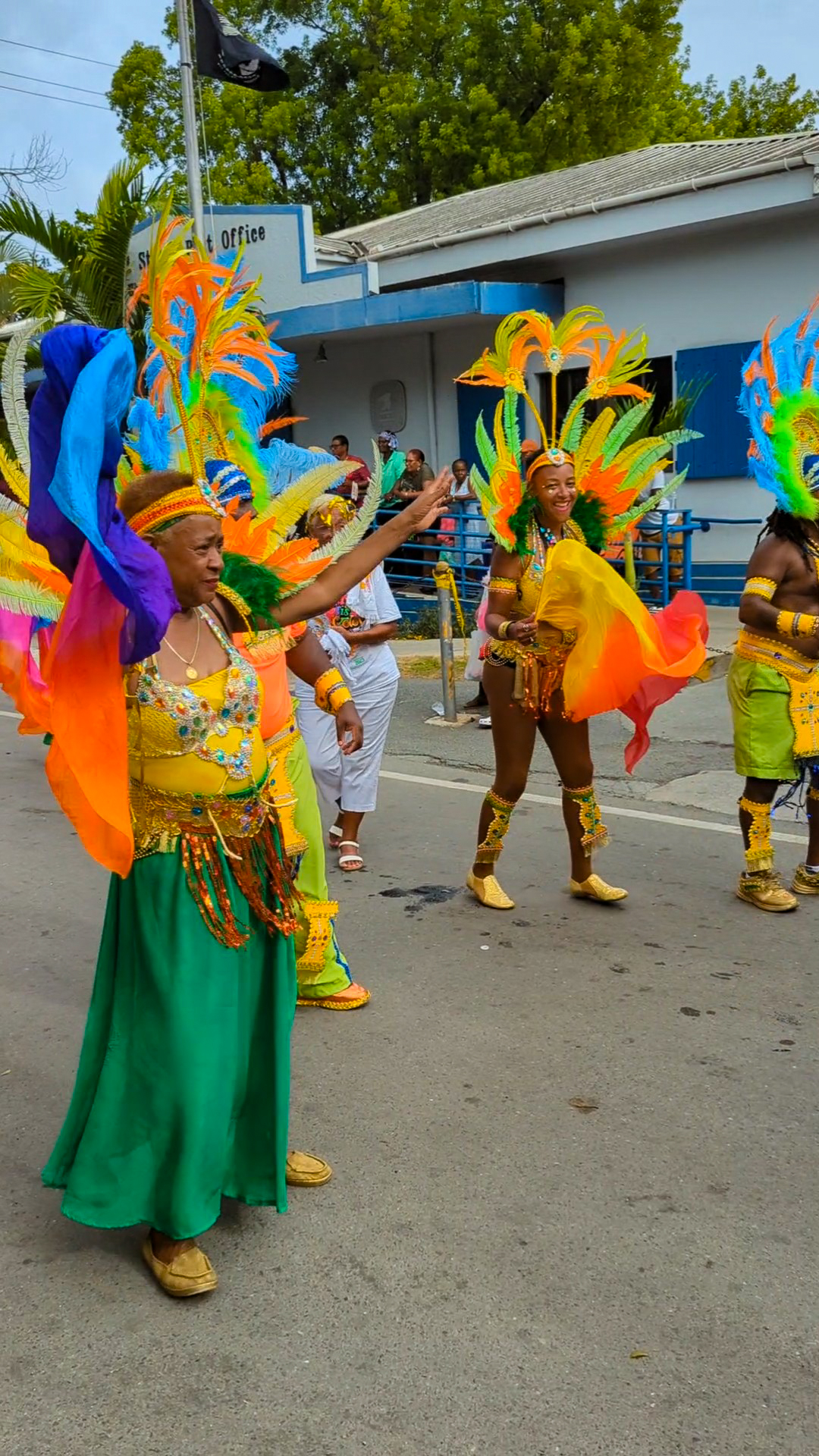
On Wednesday I connect with the two VIIS biological technicians– Karl Teague and Basil Bsisu. We drive to Annaberg, along the north shore. At Annaberg, we check the culverts between the mangrove wetlands and the ocean because they were only relatively recently cleared of storm debris from the hurricanes in 2017 and they want to know if they are still functioning. Something I start to notice on Saint John is that everything is in some form of recovery from the hurricanes of 2017. Two category 5 hurricanes struck Saint John within a two-week period in September 2017. Reefs and corals were wiped out, most trees were toppled over and denuded of all their leaves and some people were without power for months. The recovery has been long and arduous. The largest red mangrove wetland on Saint John is at Annaberg. An endangered species, it was nearly wiped out by the hurricanes, so while checking the function of the culverts may seem like a menial task, it is all part of the island’s recovery and restoration.
I learn from Karl that the park doesn’t have much biological diving work right now, but he shares some of his ideas for conch surveys and mesophotic reef surveys that he hopes could be implemented in the future. Before we head back to the office, we swing by the NPS maintenance area to check in with Peter Laurencin, the park mechanic. Peter has a quick wit and also has his hands full right now. The VIIS has four boats to use for dive operations and unluckily, all four of them are out of commission.


I finally get to meet Thomas Kelley and he plans for me to see as many different aspects of park operations as possible in the short time I have left on the island. I learn that most of their diving consists of maintenance diving. There are a ton of moorings in the park that need constant maintenance so there is a lot of splicing work and shackle swap outs. However, not having access to a boat this week limits the diving we can do. That means I get to tag along with the biological technicians and see some of the other data they collect– whether it’s Sargassum surveys or water quality sampling.
Thomas gets me set up with a vehicle and park housing which is amazing. Even though Saint John is a small island, my house is almost the farthest you can drive from Cruz Bay at 12 miles. The trip still takes almost 45 minutes because of the switchbacks and steepness of the roads. It takes some quick learning to drive a left-hand drive car on the left-hand side of the road and try not to be squashed by the water trucks and taxis on the blind corners. I pick up groceries in town at Dolphin Market. People warned me about food prices in the USVI but I am still shocked.
I take Centerline Road out of Cruz Bay to Coral Bay before heading even more south to Mandahl where my house is located, right on a salt pond with Grootpan Bay on the other side of the pond. I didn’t expect such a drastic change in environment, but here on the south side, it is rugged, dry, and shrubby with cactuses. I’m excited to finally see more of the island. I was starting to feel a little uncomfortable in Cruz Bay, seeing a little too much ignorance and disrespect from visitors to this beautiful place. Yes, it may be a US territory but that doesn’t mean you should come in and try to change it to fit your culture or comfort level. The lack of awareness or care was unfortunate so it’s good to get out and see some other parts of the island.
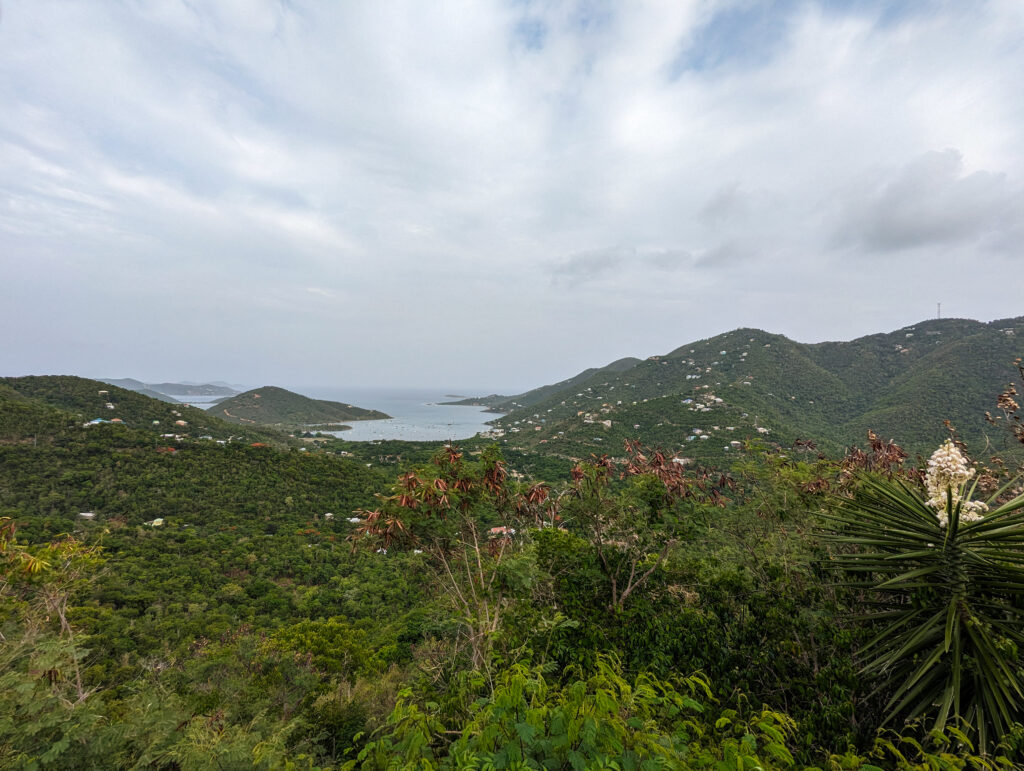






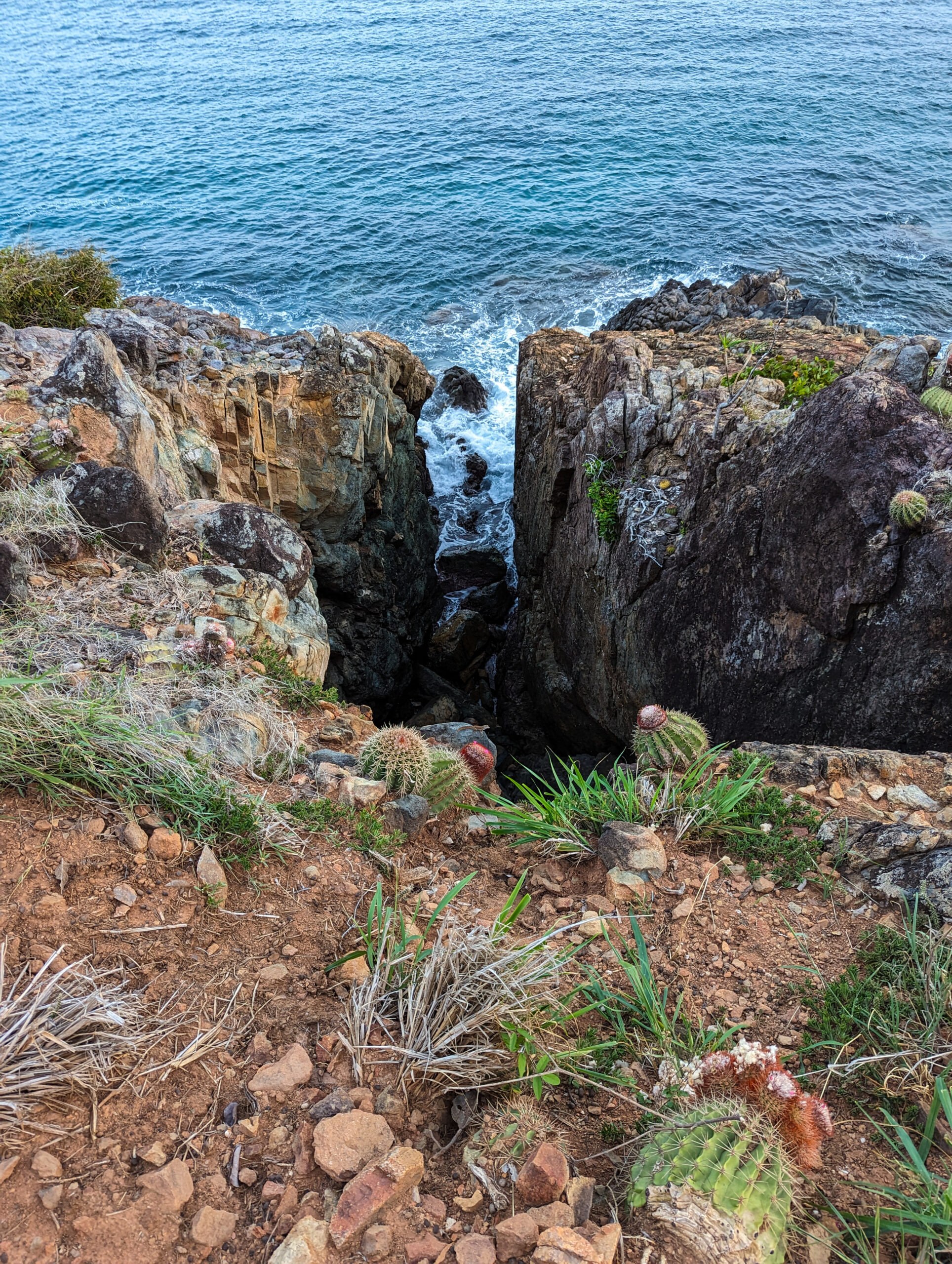
Today, Lee is leading a Fish ID training for the NPS divers to prepare for NOAA’s National Coral Reef Monitoring Program (NCRMP) later in the summer. NCRMP is a monitoring program designed to support the conservation of coral reef ecosystems. Lee, Thomas, Basil, Karl, and the park intern Enzo Newhard, and I swim out from shore at Annaberg and drop on the reef to look for fish. I’m quite impressed with the visibility. For this practice session, Lee will point out a fish on the reef and we will write down what we think it is and our estimate of size before he confirms what the fish is. I’m happy that I get a couple of the obvious ones, Queen Angelfish, Blue Tang, Gray Angelfish, Nassau Grouper, and Bluehead Wrasse. However, I’m sorry to say that most of the fish I do not guess correctly. When it gets to the parrotfish or gobies or damselfish, I struggle a lot. The second dive is more practice for an actual NCRMP survey and since I will not be in Saint John for the survey I just keep practicing my fish ID and taking photos. Also, I had no idea that a conch has such human-like eyes. After the dive day, I head out to Lameshur Bay, for a little afternoon hike out to Europa Bay. I enjoy the air plants settling on everything, seeing the native Plumeria and its sweet-smelling flowers, and my new favorite cactus, the Turks head cactus.







Basil generously comes in on a Friday (his day off) to take me on one of their Sargassum surveys. We’re collecting data so that in the future if something needs to be done about the Sargassum on the beaches, the park has collected enough data to support their decision for taking some sort of action. This could be the case if an abundance of Sargassum is consistently affecting beachgoers and swimmers at a popular beach. It ends up being a nice tour of all the pretty NPS beaches on the island (which Saint John has a lot of). We first cruise the north shore, where the most popular tourist beaches are: Hawksnest Bay, Trunk Bay, and Maho Bay. I think my favorite beaches might be Little Cinnamon Bay and Francis Bay. After the north shore, we head east and check out Hurricane Hole and Haulover. North Haulover is the first beach we find significant Sargassum clogging the beach and water, though there are no visitors on the beach. We eat mangoes whenever we find a tree and I try Stinking Toe, a fruit from the West Indian Locust Tree, which despite its terrible name I thoroughly enjoy. It ends up having a creamy banana flavor.
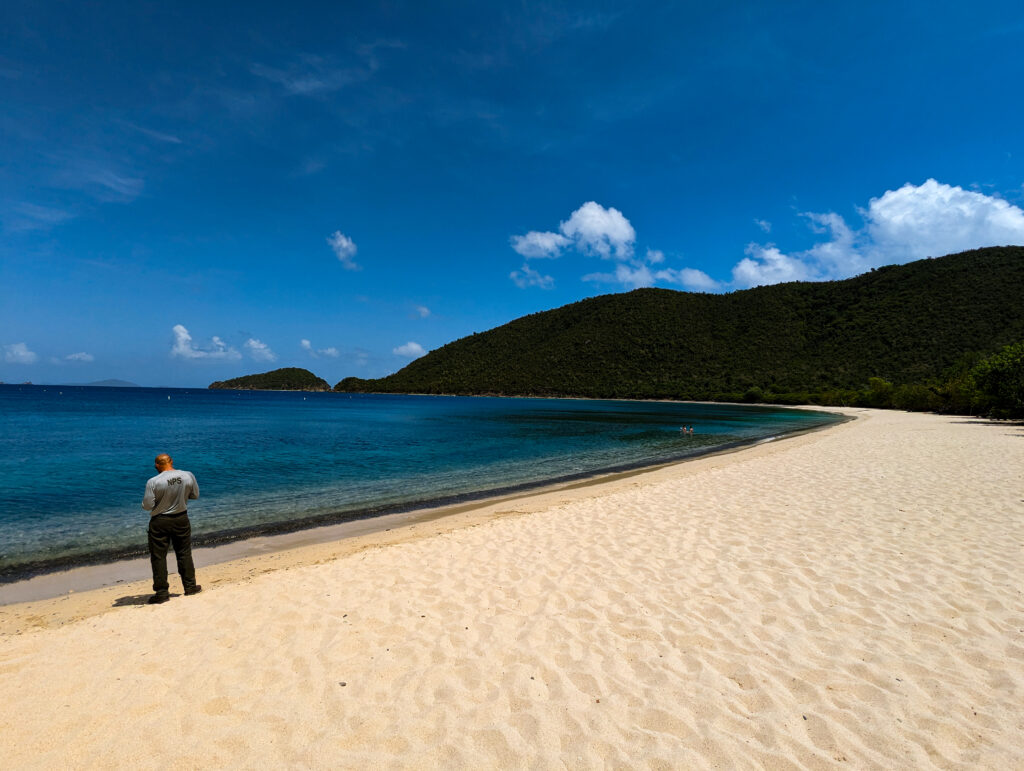


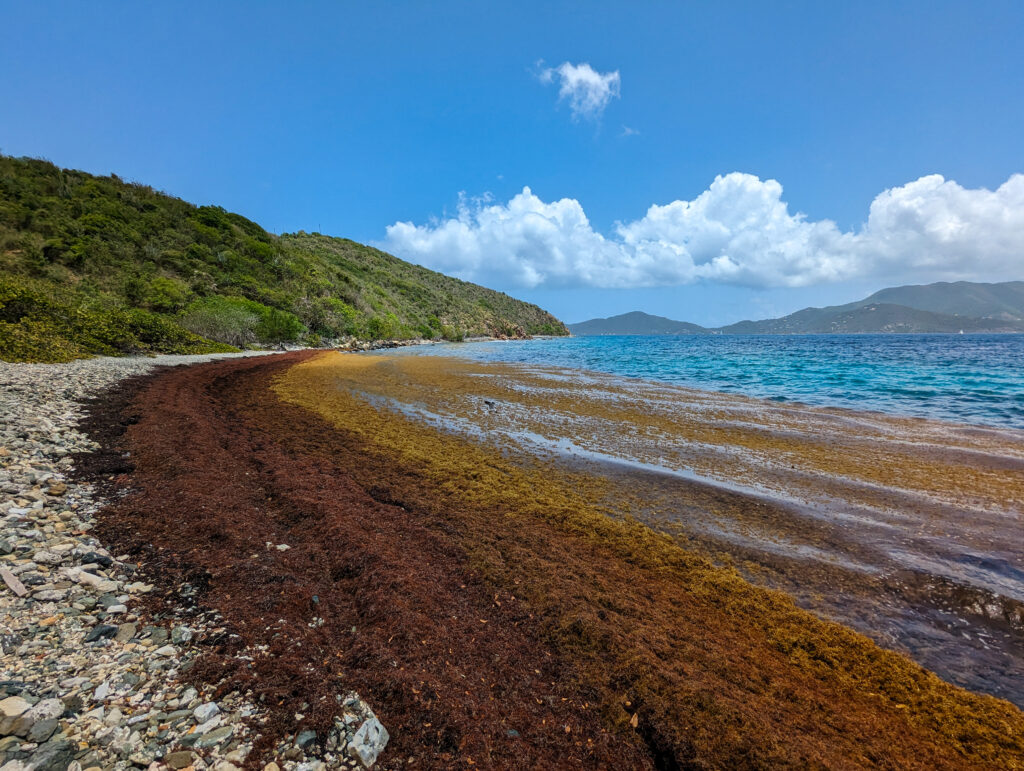
On our tour of the island beaches, Basil and I talk about some current issues facing the park on Saint John. Lack of community involvement, residents misplaced fear of land grabbing by the NPS, local people getting priced out, and rich people trying to buy and develop more. It’s a complex situation.
After the beach cruise, I visit some of the sugar mill plantation ruins which are all over the island and park. Most of the sites have the remains of the windmill used to crush the cane and the room where the juice was concentrated through heating and evaporation in kettles and then left to crystalize. Molasses and rum were other products produced at the plantations. Saint John was the site of one of the earliest and longest slave revolts in the Americas. In 1733, Breffu an enslaved woman from Ghana led the rebellion against the plantations and the enslaved controlled the island for nearly eight months before French troops from Martinique were brought in with enough firepower and soldiers to end the rebellion. It took 114 more years for slavery to be abolished in the Danish West Indies.

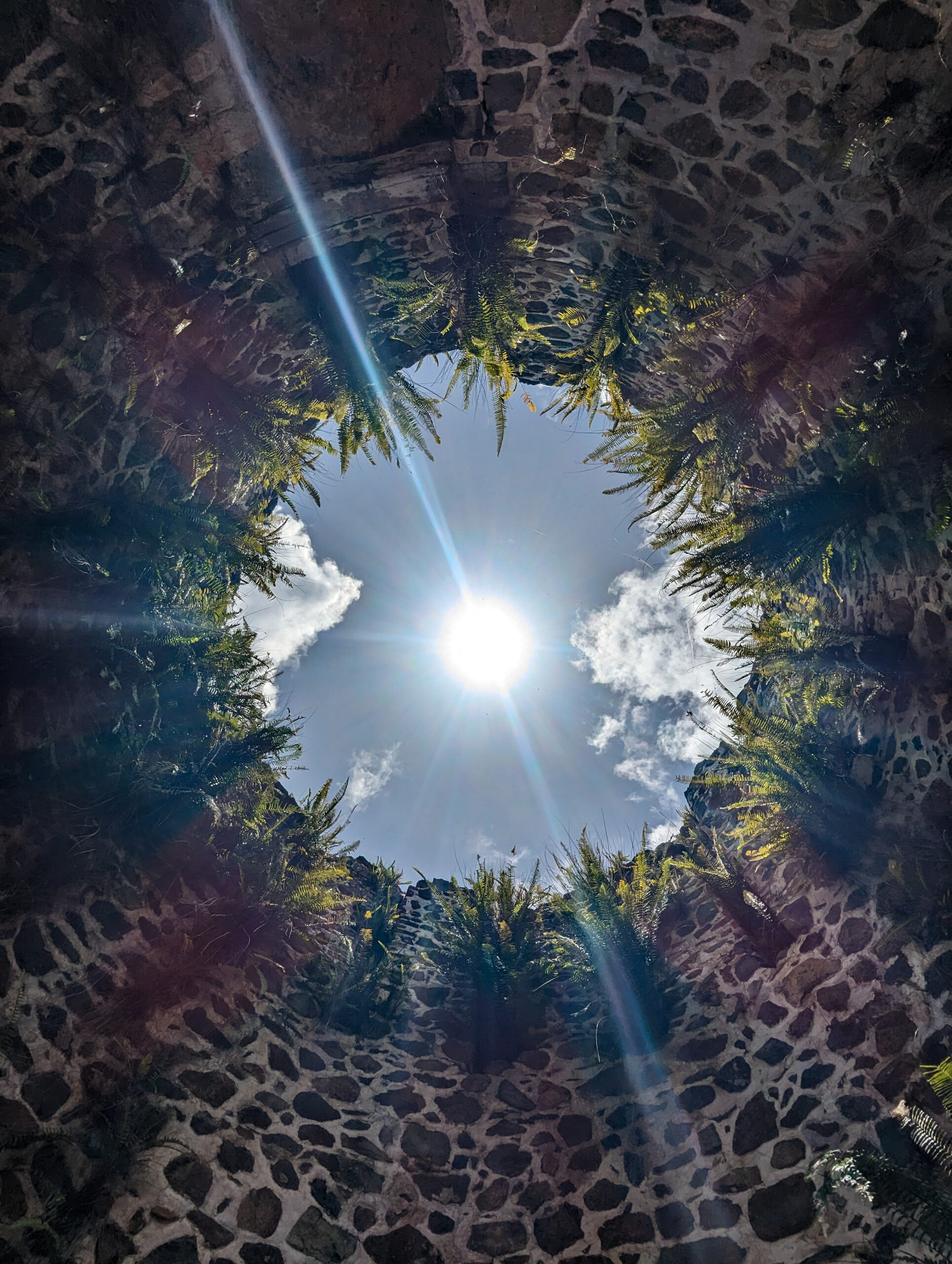



Lee invites me out on an awesome night hike to Ram’s head, another great park hike, with his partner and friends. The island is beautiful and standing on the headland at night you can just make out the glow of Saint Croix far to the south. The next morning we all go to Kiddel Bay for a dive. The bay has craggy, canyon-like formations. Lee takes us through some sweet swim-throughs with colorful sponges and tunicates. Later on in the dive, he beckons me over to point out the cutest fish I have ever seen. It looks like a hovering little polka-dotted box, the size of a pee. It’s a juvenile smooth trunkfish. Lee is leaving tomorrow to go back to Dry Tortugas to work with the SFCN on their coral surveys. I can’t thank him enough for all of his help and for sharing a bit of his home with me while I’ve been on Saint John.








I attempt a big park loop hike from Lameshur Bay out to Reef Bay and L’esperance. I get caught out in the rain and absolutely soaked to the bone. I go to the petroglyphs, carved by the Taino between 600 and 1500. I love the fat raindrops on the pool of water and contemplating the ancient culture that sat in this same spot and carved these unique images. I decide to bushwhack up the gut above the waterfall and then regret it pretty quickly. It is still raining, the boulders are deadly slippery, the pools are filling up with water and there are plenty of spiky plants like the catch n’ keep, that tear at my clothing. I end up turning around and still sodden, I squish my way back to Lameshur and my house. I do eventually get back to this hike another day and accomplish the loop from the jungle to the beach and back up into the jungle. I love identifying all of the new trees I’ve discovered like the Sandbox, Bay Rum, Kapok, and Turpentine trees. It’s wild to imagine the island in the 1800s when it was stripped of native vegetation and covered in sugar cane fields.

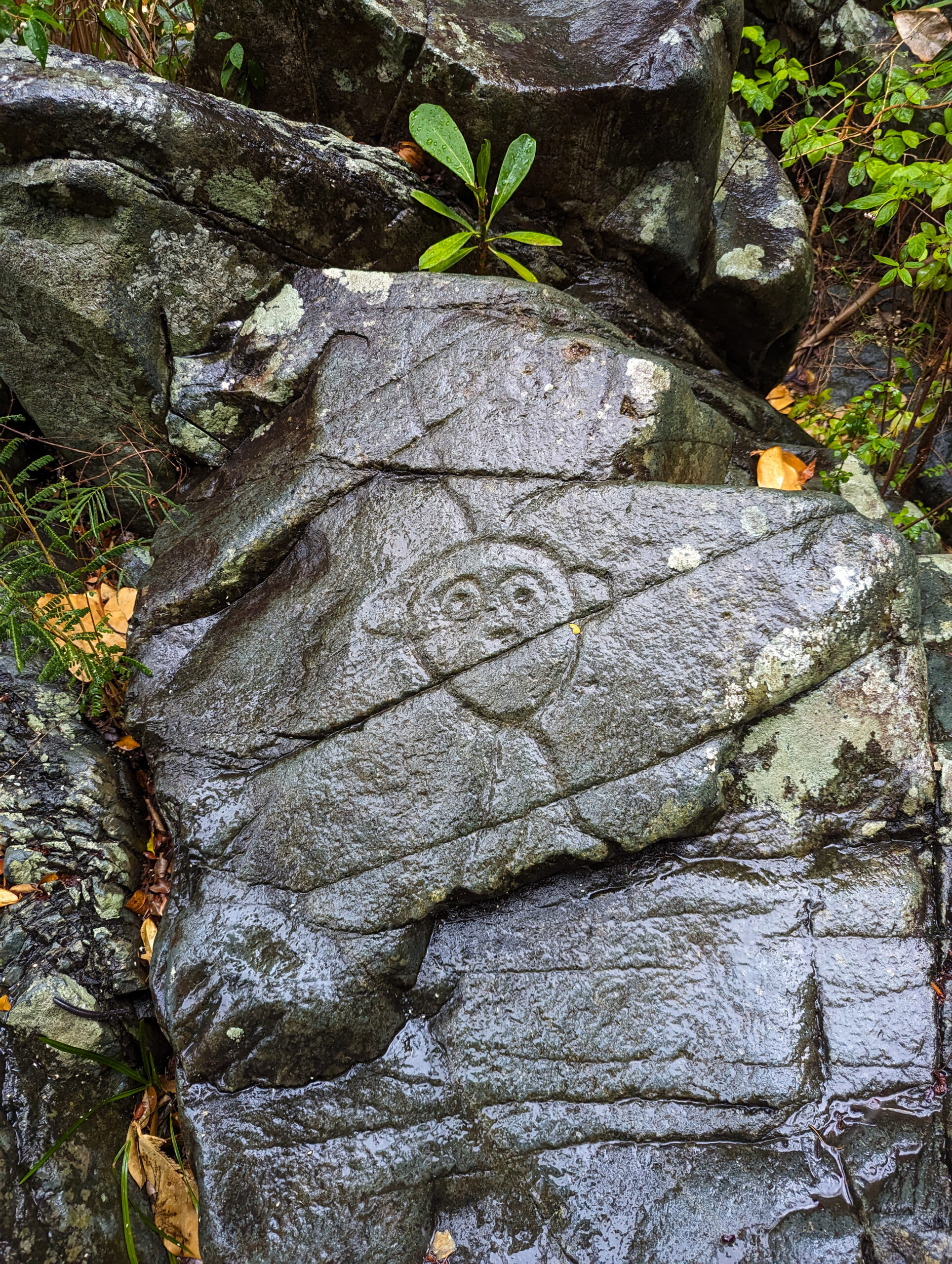
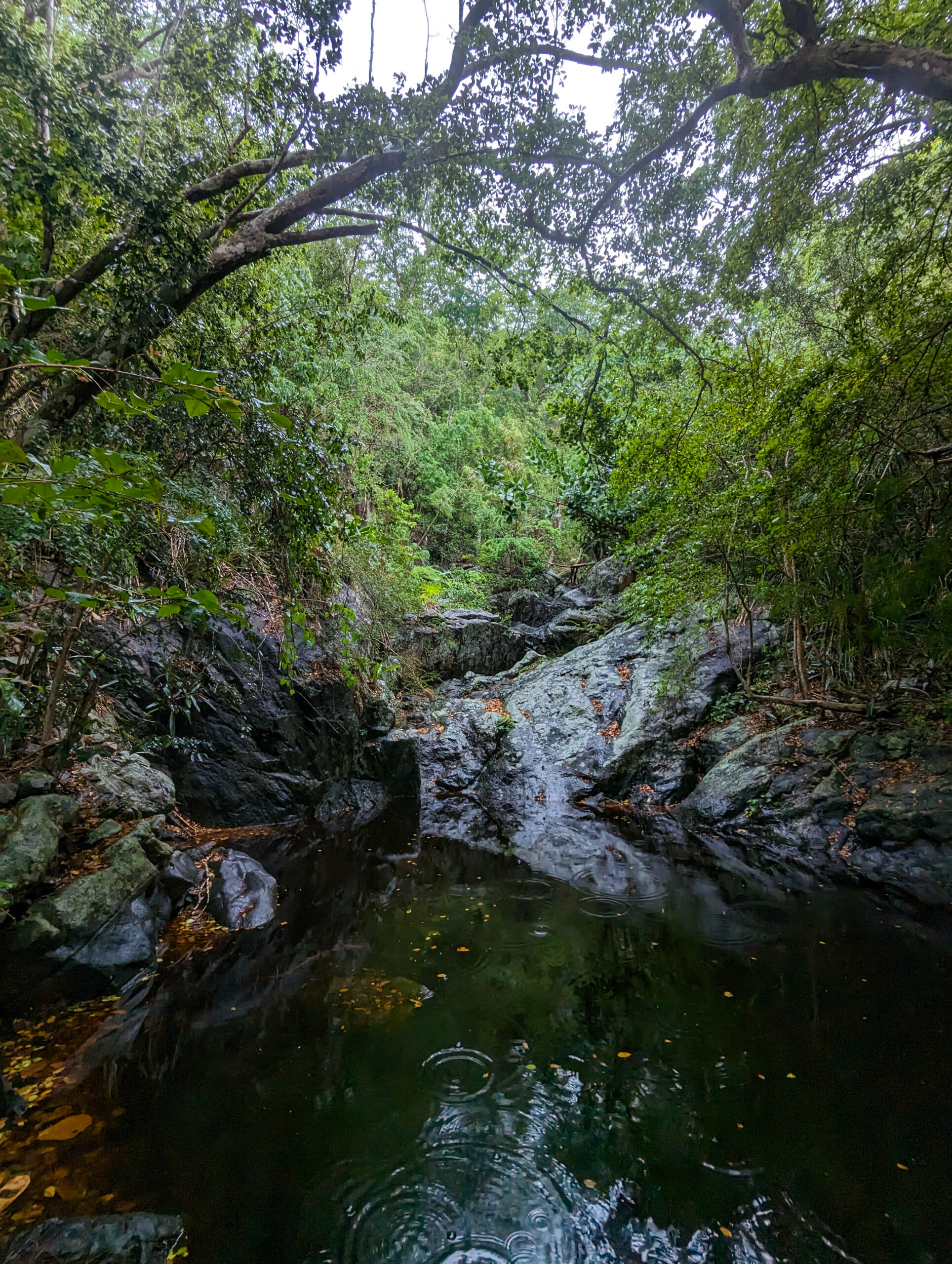



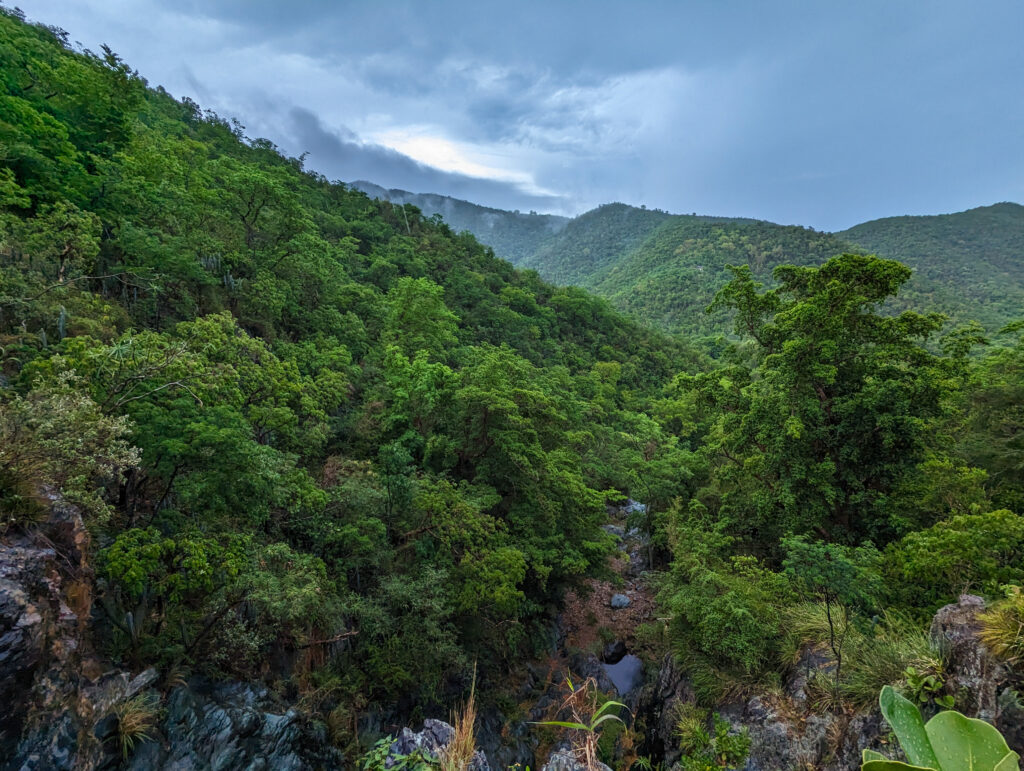
Today, Sunday, Thomas set me up to dive with the Caribbean Oceanic Restoration and Education Foundation (CORE) at Annaberg. CORE is a non-profit partner of the park that has set up an experimental coral gardening nursery site. We are going to go check on it and clean it of algae since if left unchecked the algae can smother the small coral fragments. I learn from CORE members about the difficulties of supporting the growth of fragmented coral and how this is CORE’s first attempt. There is a lot of trial and error, like what is the best structure and material to grow coral on. CORE is growing the genus Acropora which is one of the fastest-growing corals in the Caribbean and as its highly branching it is an important complex habitat for many other species. It has been devastated in the US Virgin Islands by disease and hurricanes.




One last dive today, I get a taste of some of the work diving they do here as Karl, Enzo and I head to Annaberg to use lift bags to bring an outboard and center console off the reef. I have never used a lift bag before so it is interesting to see the process and help clean up the park as well.




My time on Saint John is short and sweet. Before I fly out today, Thomas has me go out with Basil and Karl to collect water at the main north shore beaches for water quality sampling. I am so grateful to Thomas for introducing me to a range of park work in the short amount of time I had here. I really appreciate all the effort to share the awesome work your team has going on. Everyone was so welcoming and I appreciate Karl, Basil and Lee going out of their way to share their work, time, and stories. A beautiful and unique park, I hope more people get to experience and appreciate this national park. Now, I’m on a short flight just 20 minutes south to check out diving on Saint Croix.



























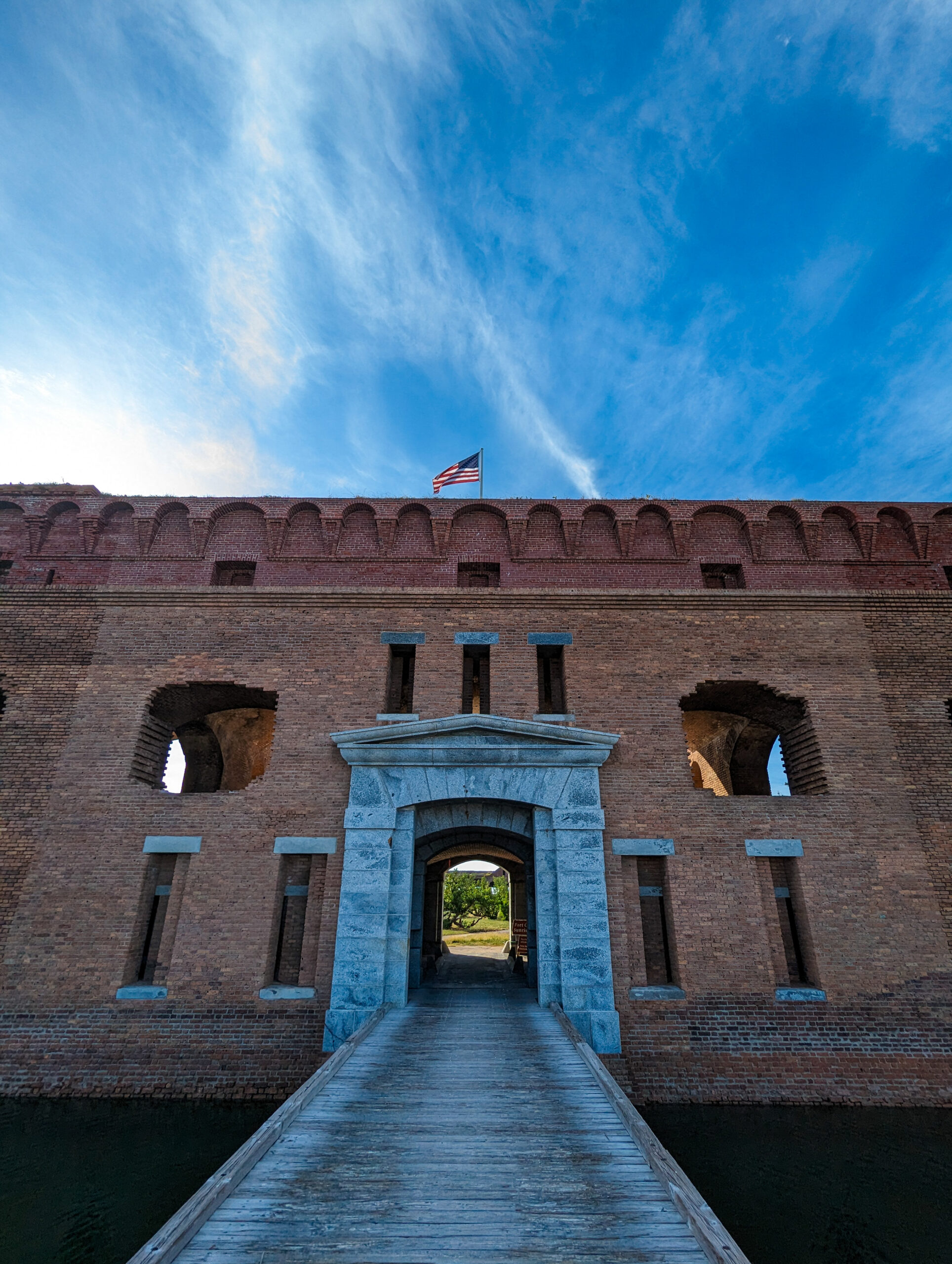









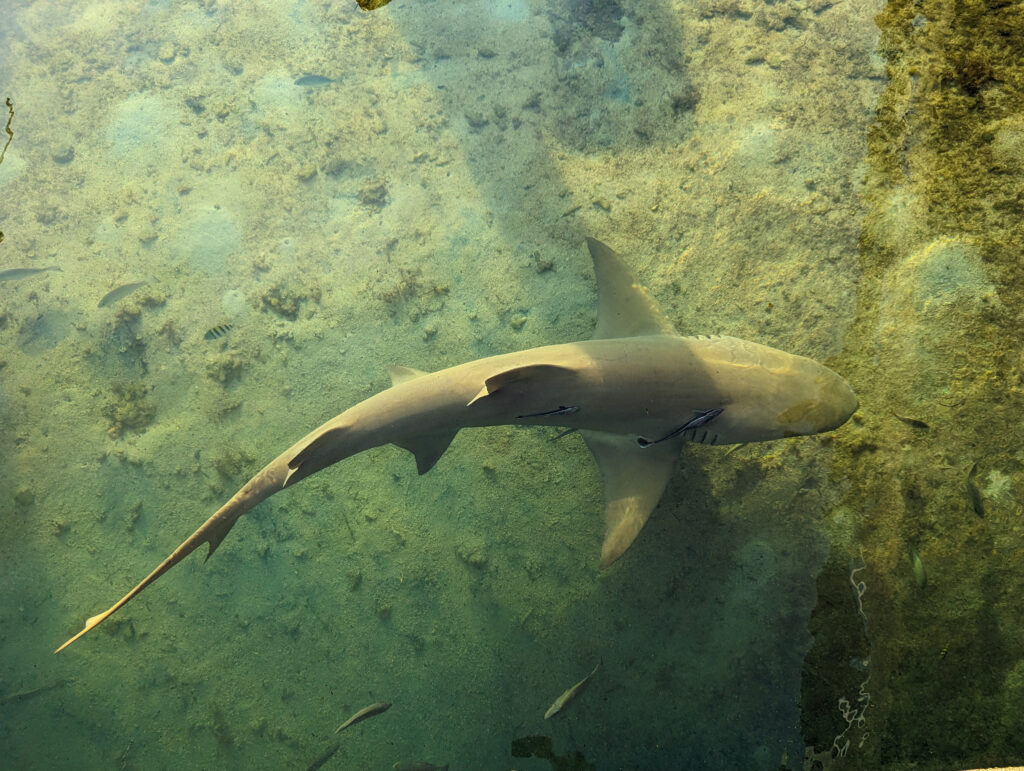
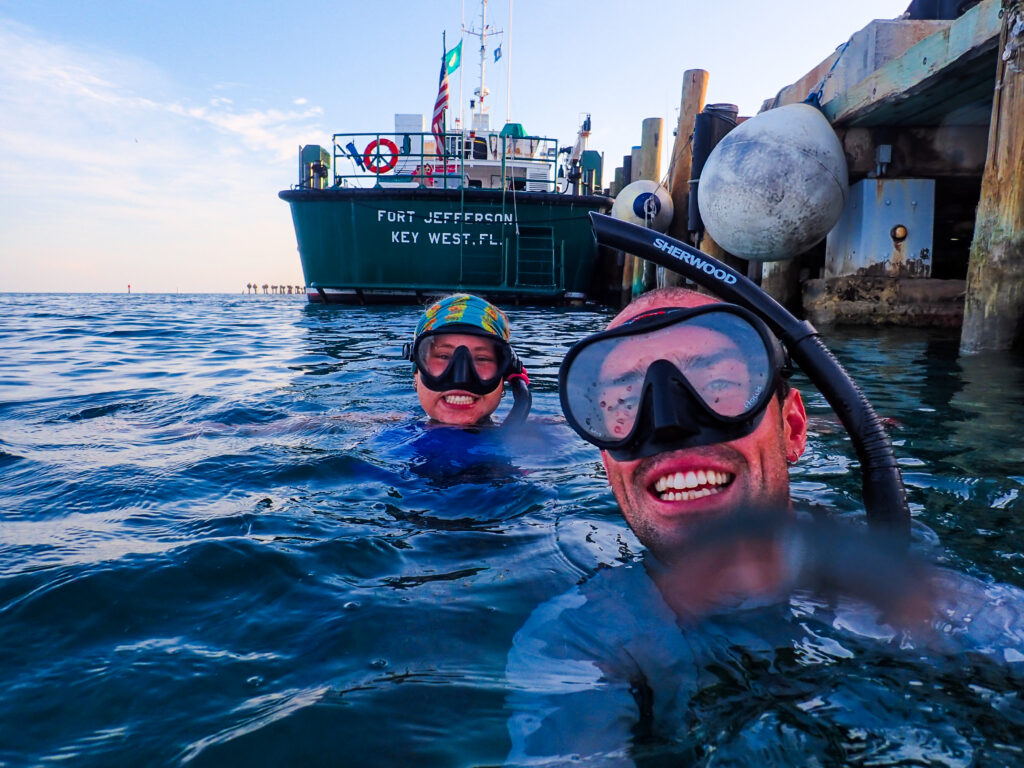



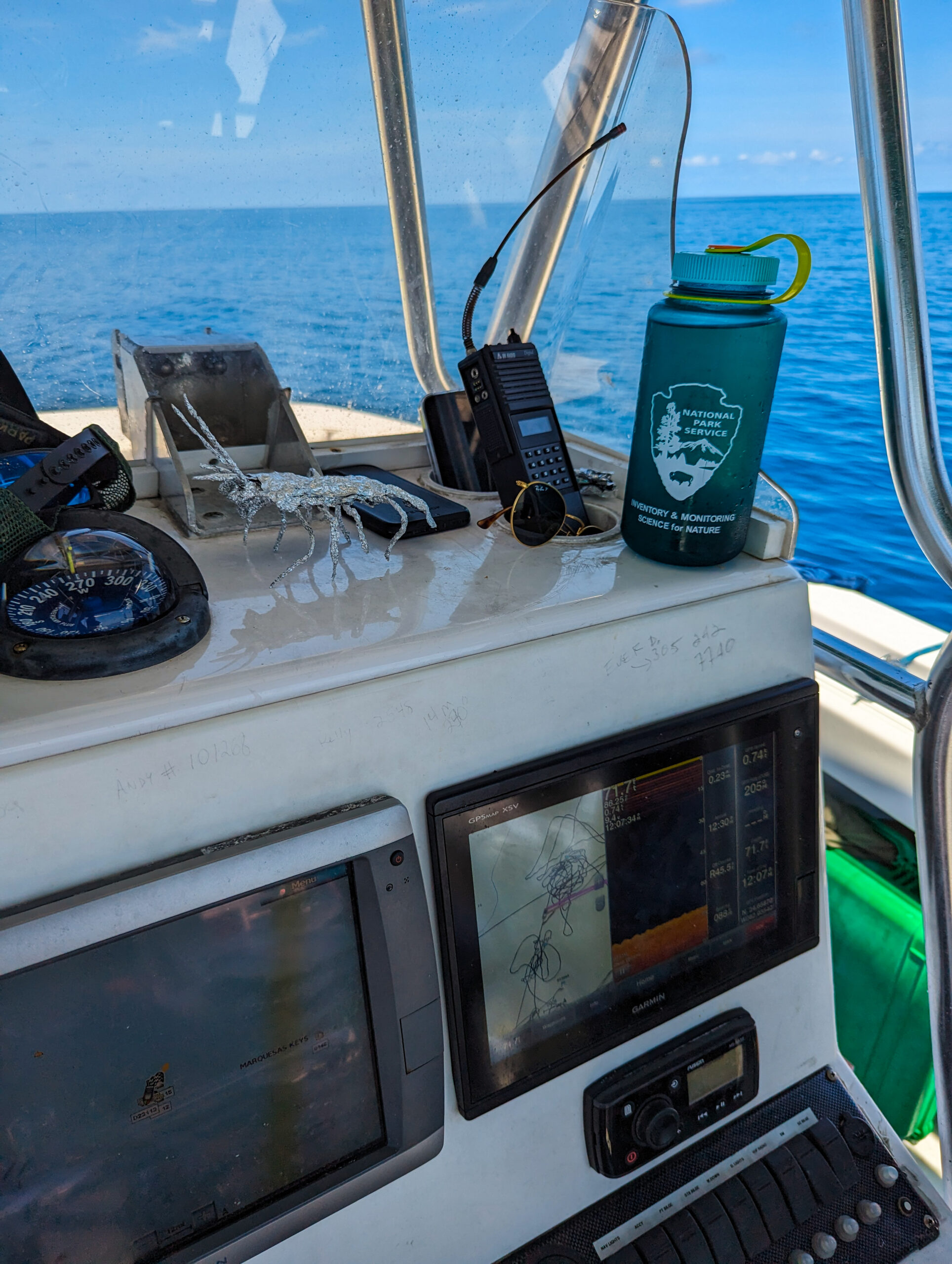


















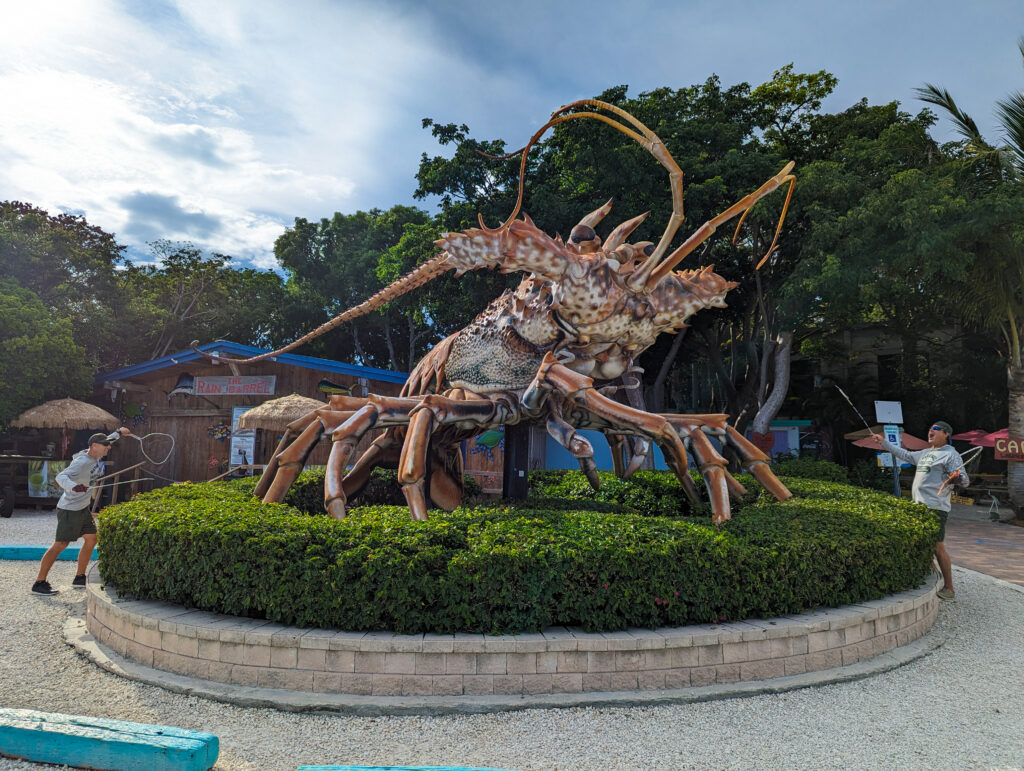
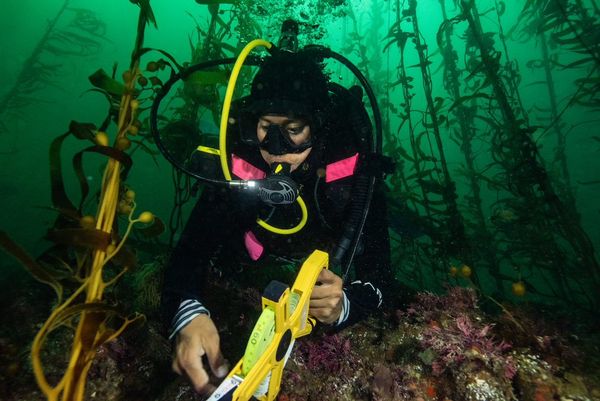

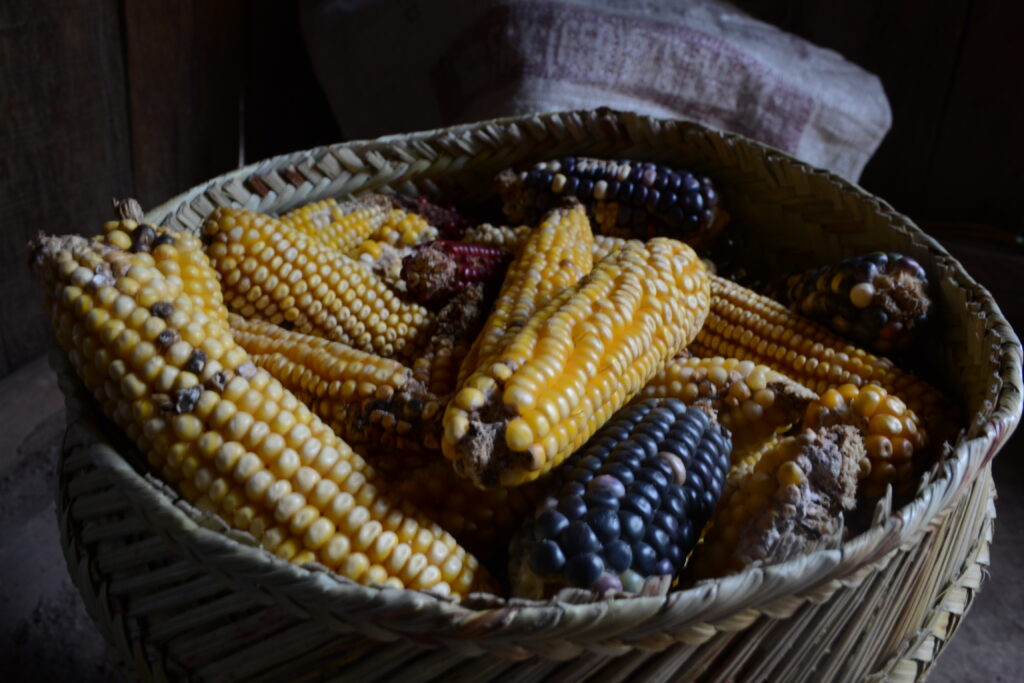




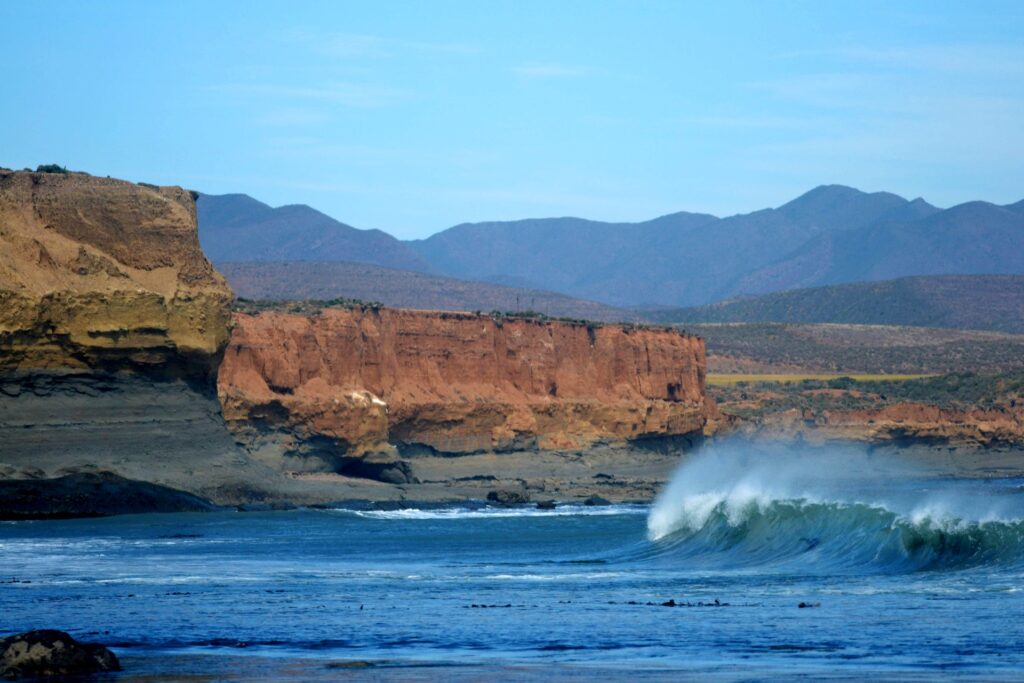




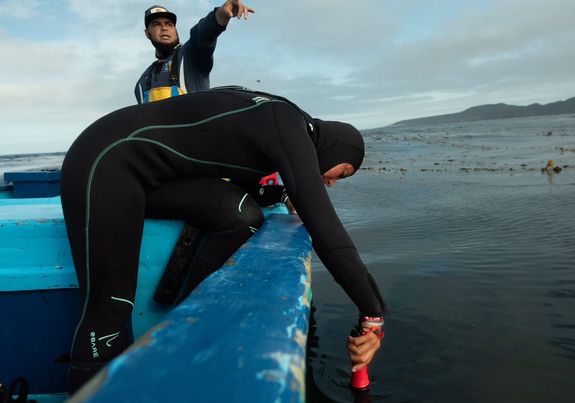
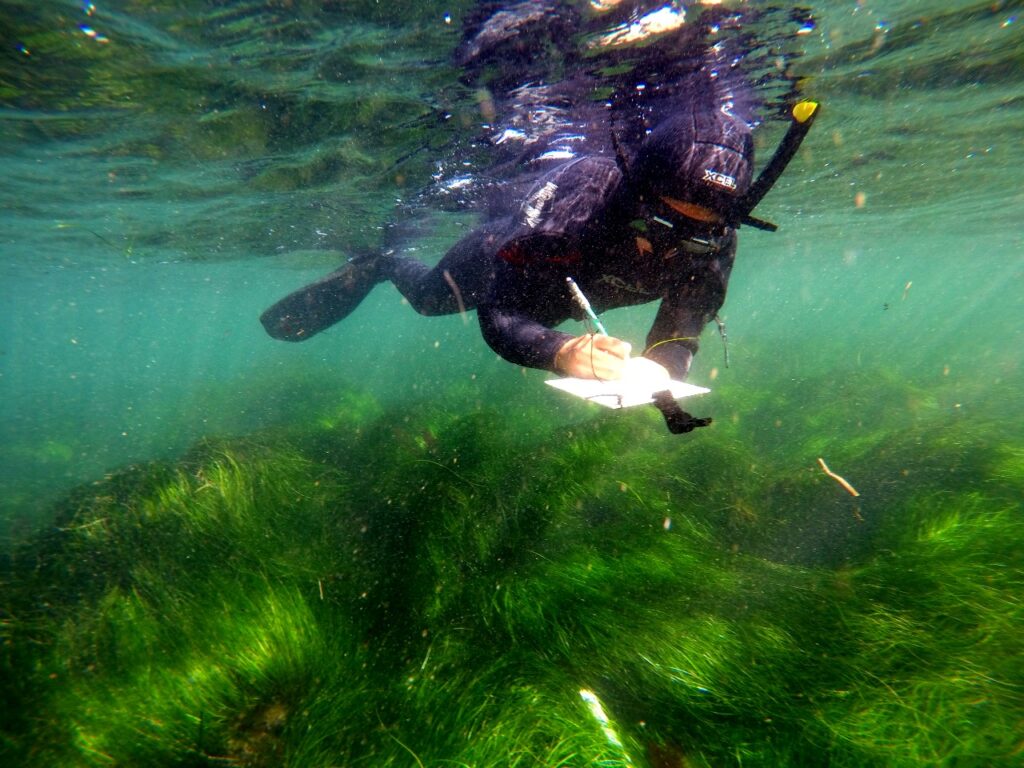




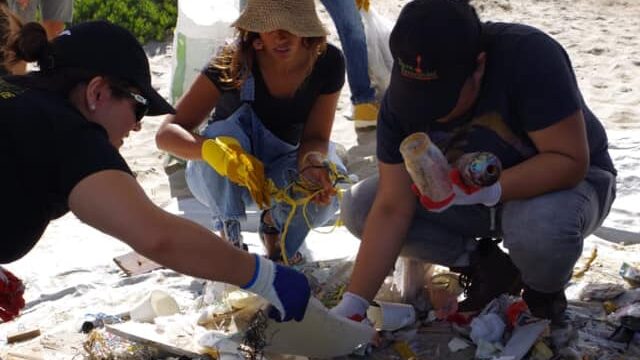
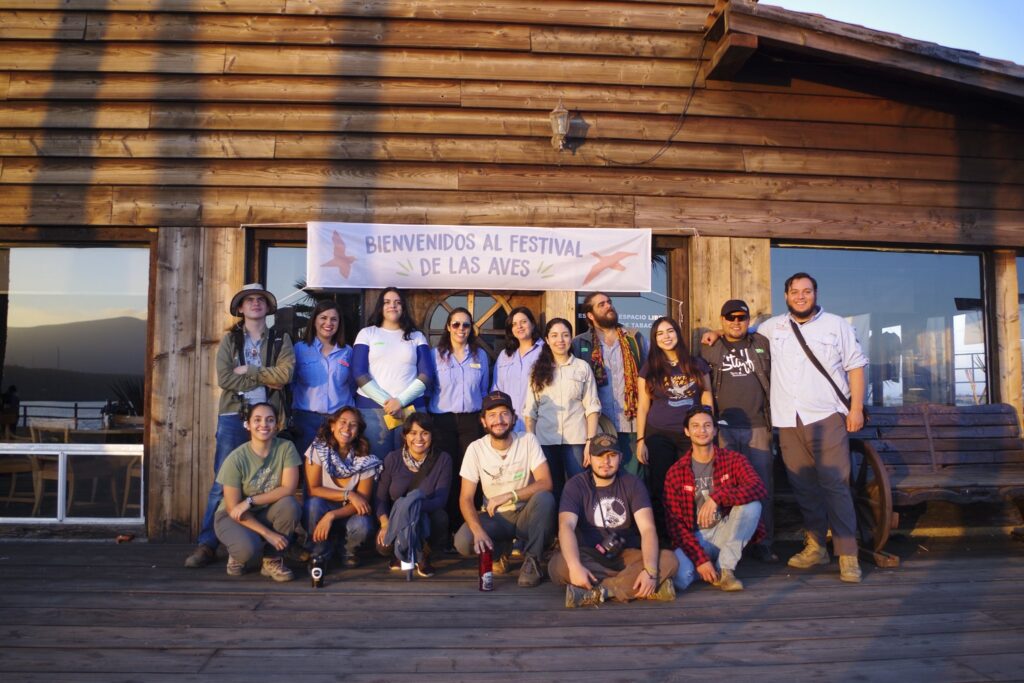











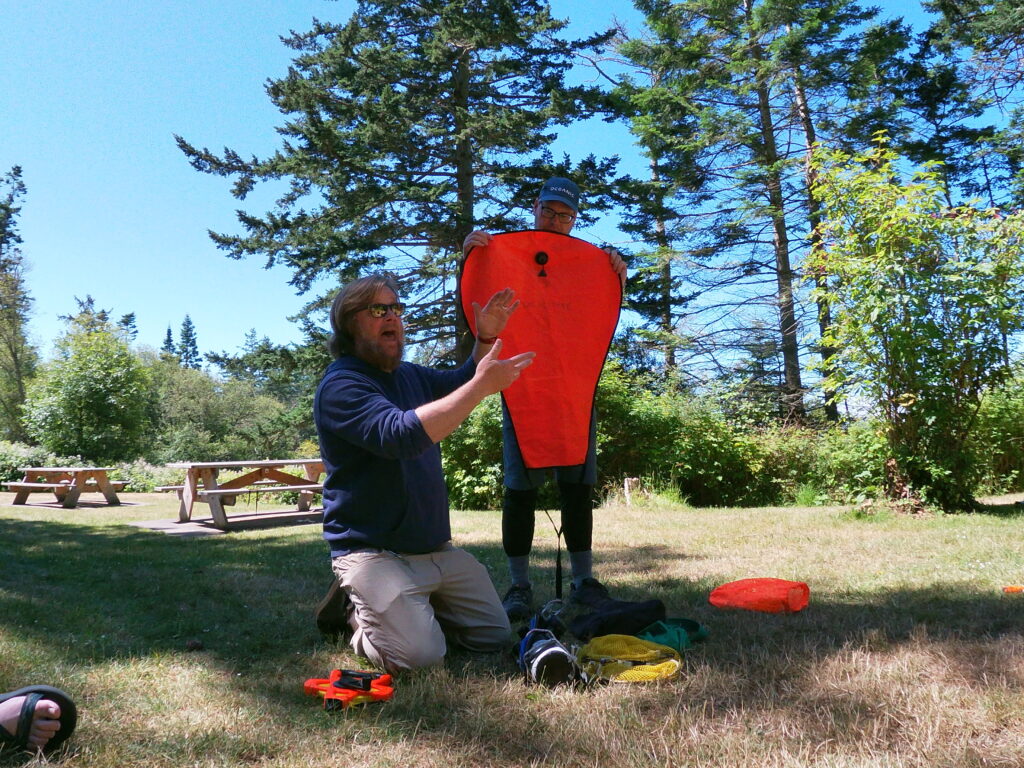


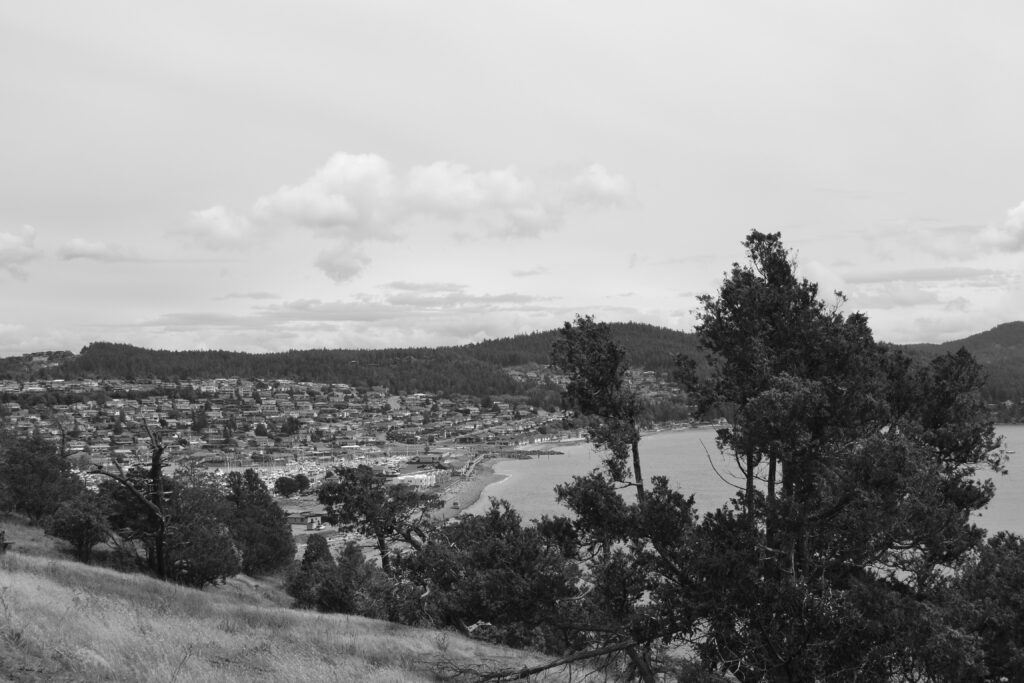













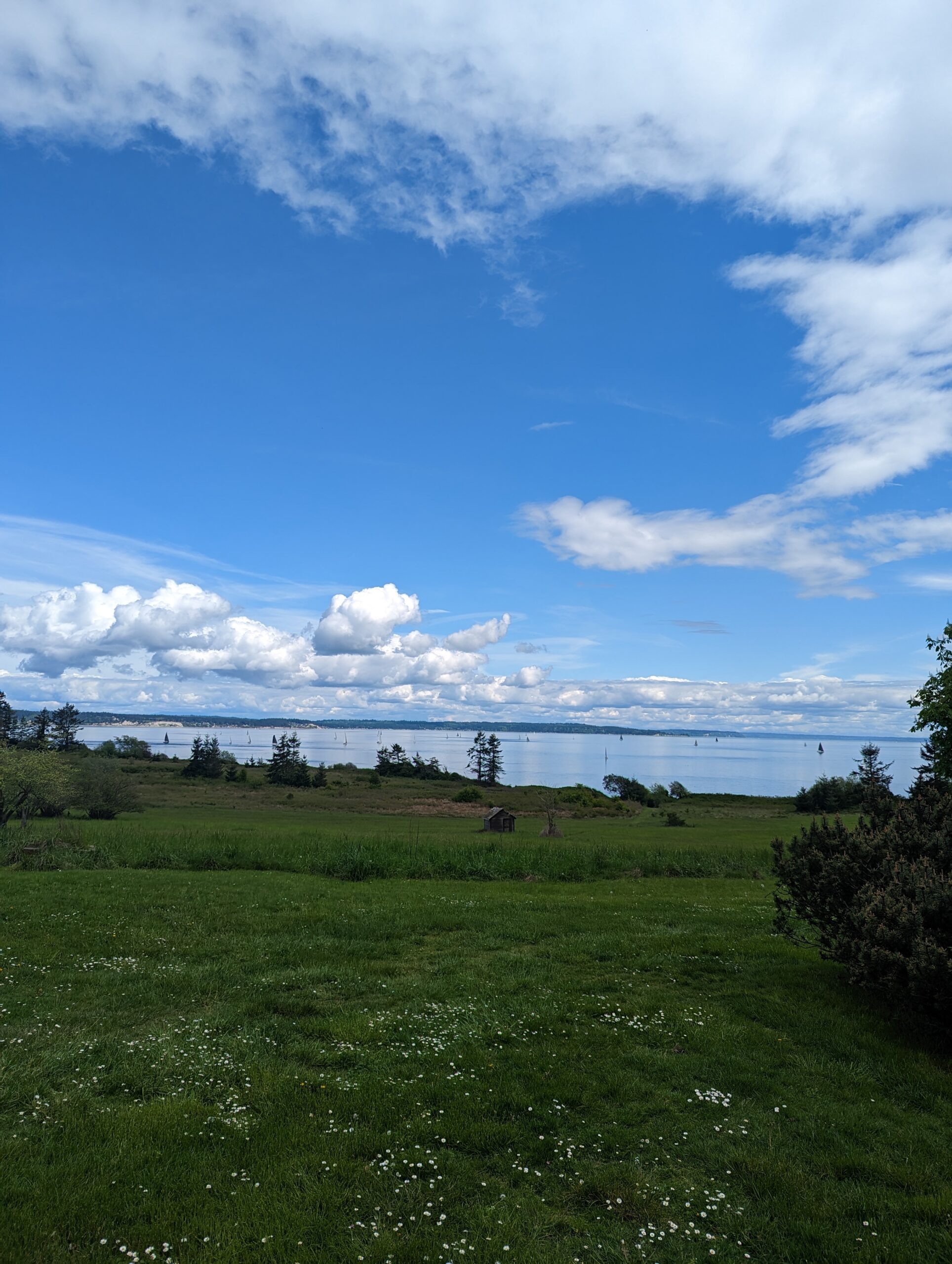





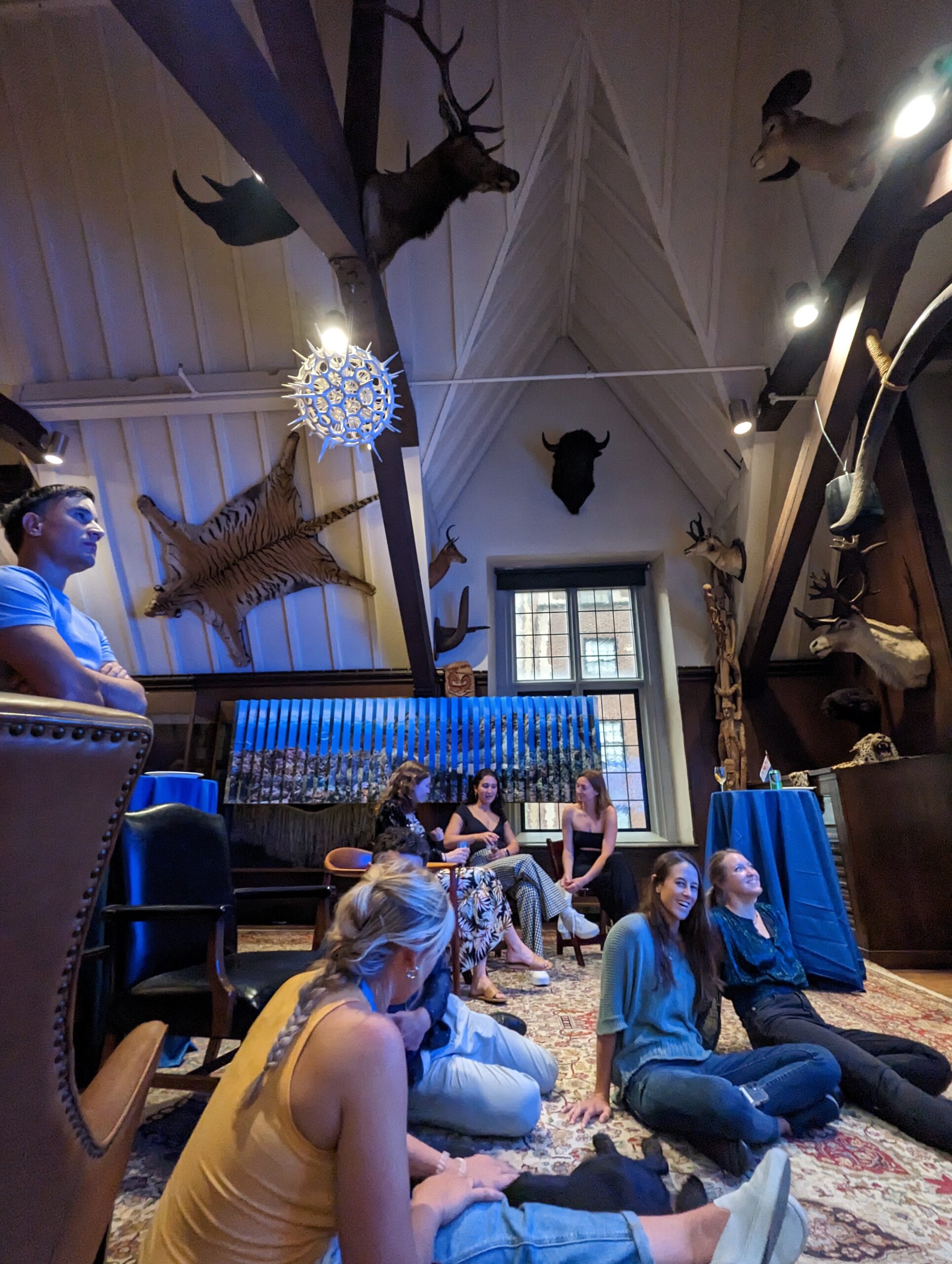

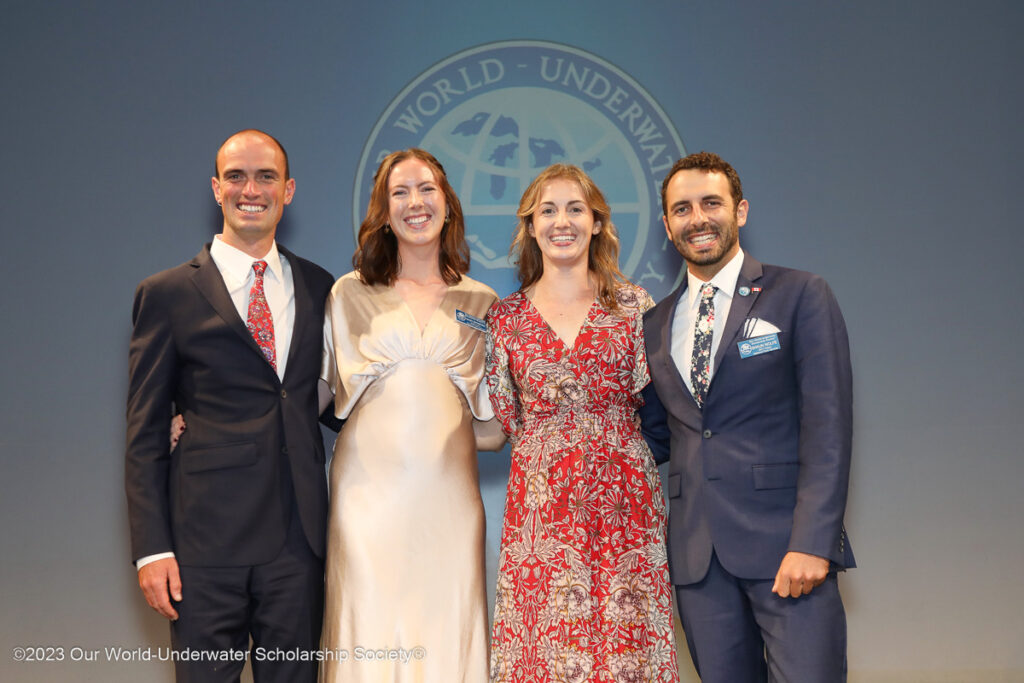





























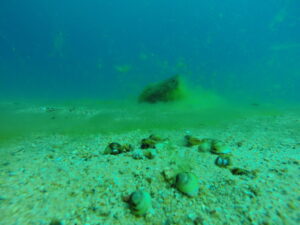






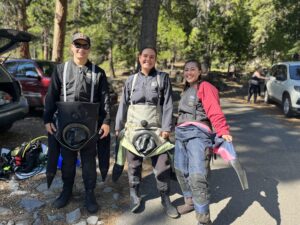



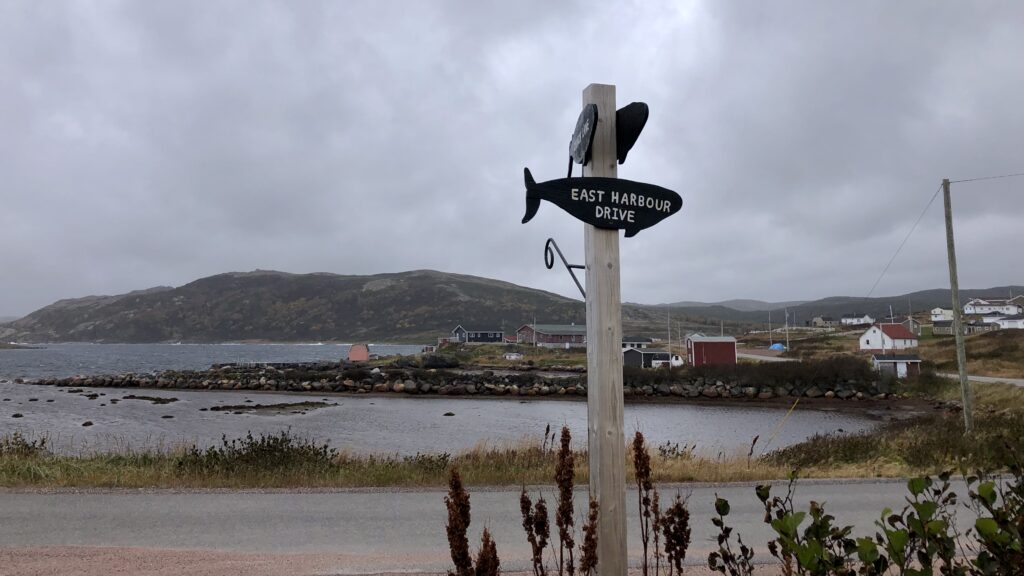




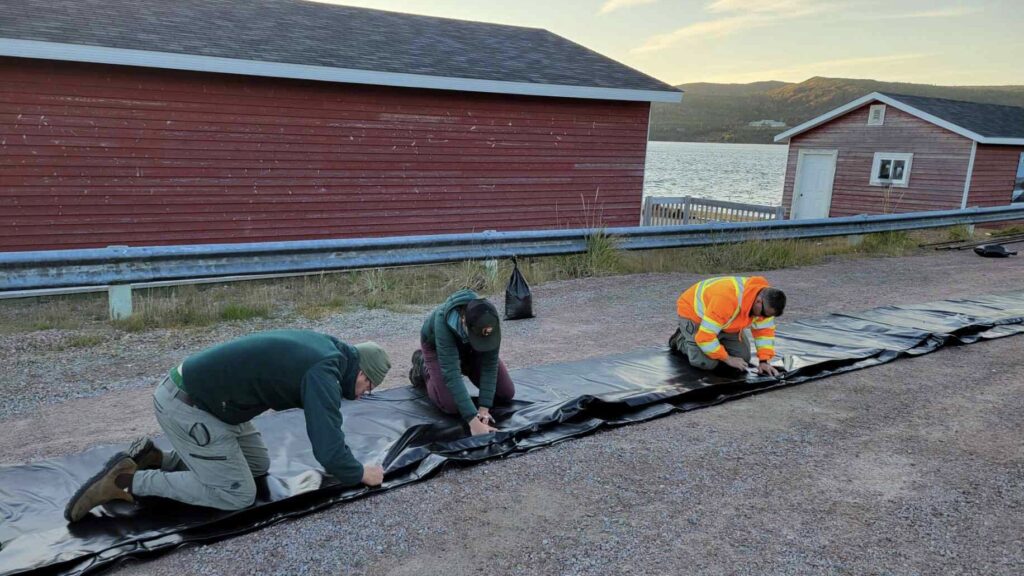

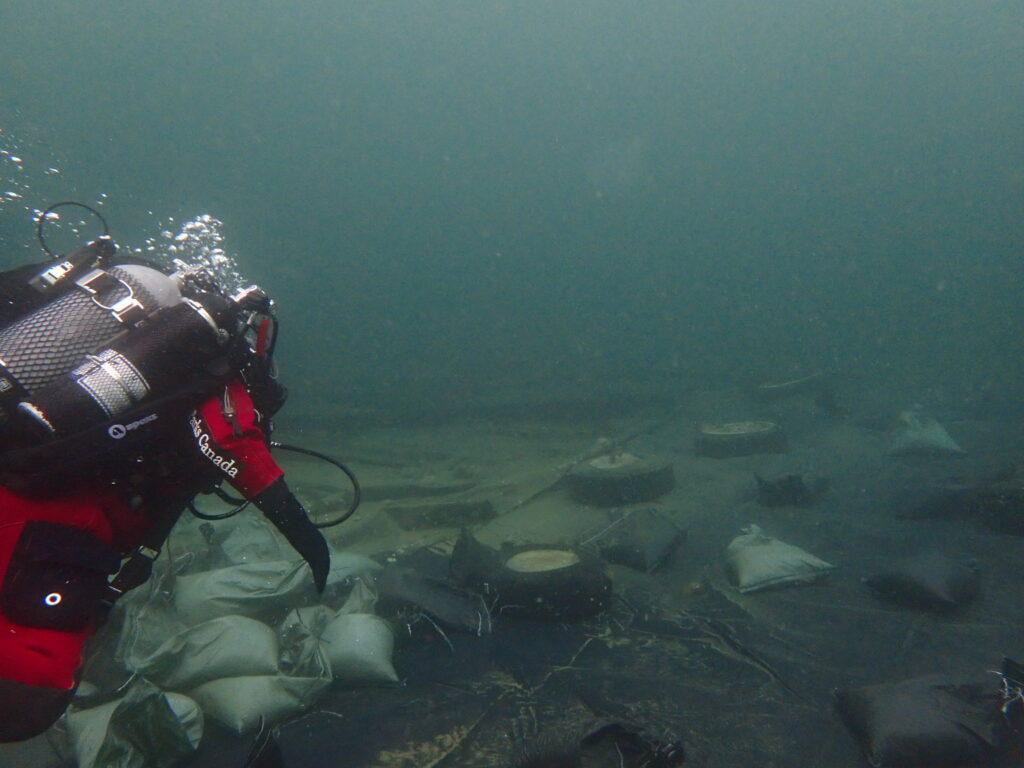






 New tasks underwater require new tools, from crow bars and sandbags to steel bars and thick tarps
New tasks underwater require new tools, from crow bars and sandbags to steel bars and thick tarps

